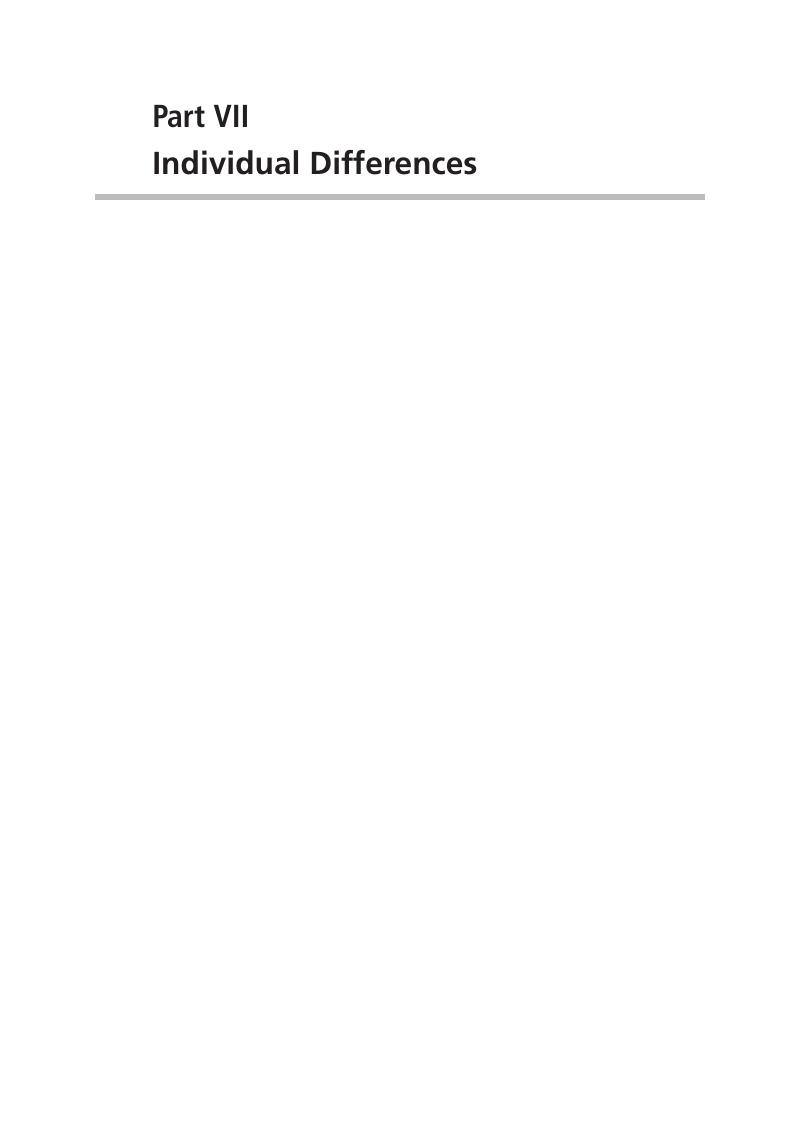Book contents
- The Cambridge Handbook of the Neuroscience of Creativity
- The Cambridge Handbook of the Neuroscience of Creativity
- Copyright page
- Contents
- Figures
- Tables
- Contributors
- Acknowledgments
- Introduction
- Part I Fundamental Concepts
- Part II Pharmacology and Psychopathology
- Part III Attention and Imagination
- Part IV Memory and Language
- Part V Cognitive Control and Executive Functions
- Part VI Reasoning and Intelligence
- Part VII Individual Differences
- Part VIII Artistic and Aesthetic Processes
- Index
- References
Part VII - Individual Differences
Published online by Cambridge University Press: 19 January 2018
- The Cambridge Handbook of the Neuroscience of Creativity
- The Cambridge Handbook of the Neuroscience of Creativity
- Copyright page
- Contents
- Figures
- Tables
- Contributors
- Acknowledgments
- Introduction
- Part I Fundamental Concepts
- Part II Pharmacology and Psychopathology
- Part III Attention and Imagination
- Part IV Memory and Language
- Part V Cognitive Control and Executive Functions
- Part VI Reasoning and Intelligence
- Part VII Individual Differences
- Part VIII Artistic and Aesthetic Processes
- Index
- References
Summary

- Type
- Chapter
- Information
- The Cambridge Handbook of the Neuroscience of Creativity , pp. 435 - 492Publisher: Cambridge University PressPrint publication year: 2018



